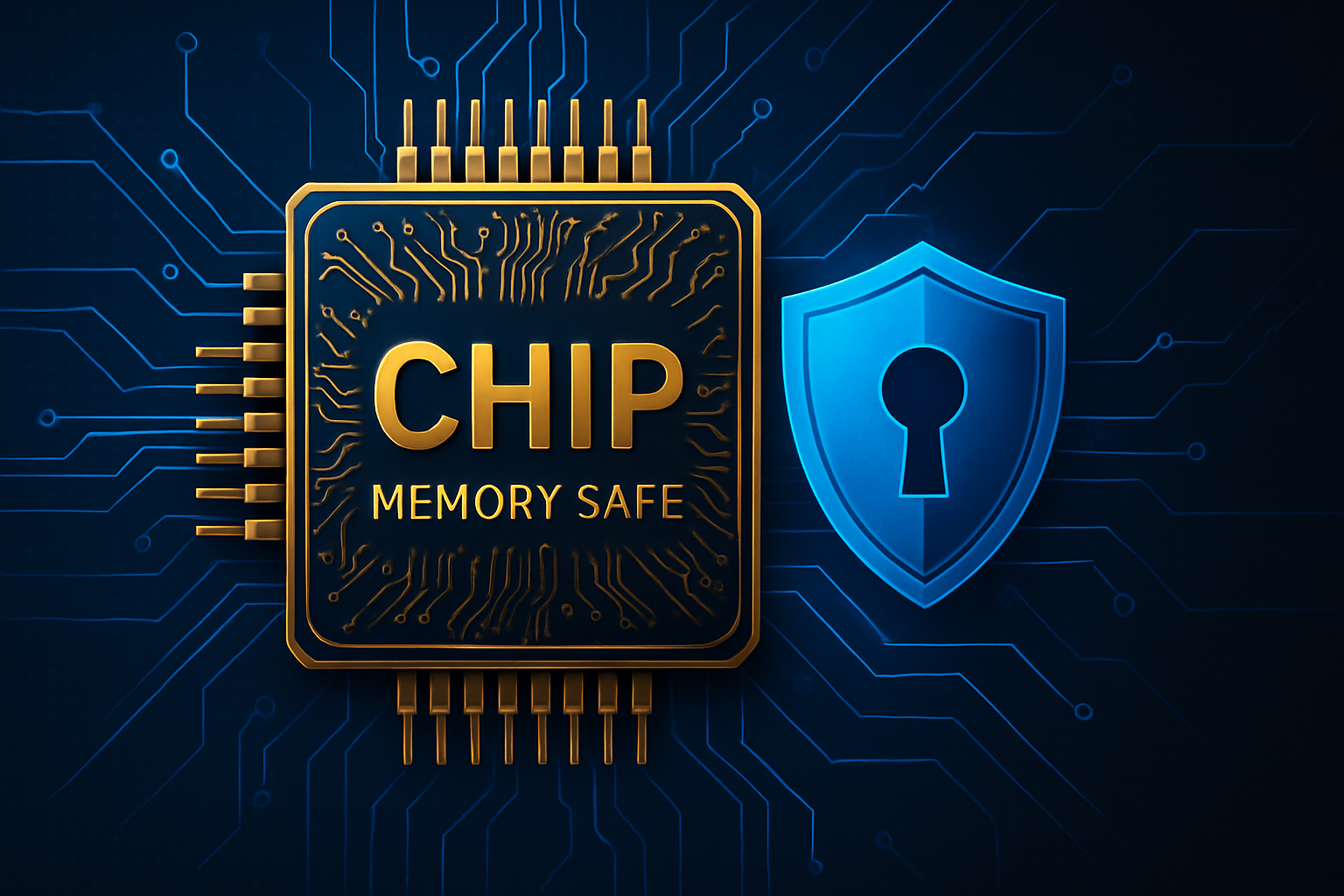Memory Safety Meets Market Demand: Why SCI Semiconductor’s Move Matters
In an age when digital infrastructure is under constant threat, hardware-based cybersecurity solutions are emerging as one of the tech sector’s most compelling frontiers. In a notable development, SCI Semiconductor, a UK-based startup, has raised £2.5 million to develop its innovative “memory safe” silicon chip. The funding round, led by Mercia Ventures and joined by additional undisclosed investors, puts a spotlight on growing investor interest in cybersecurity-centric hardware design.
As software exploits become more complex, the demand for inherently secure hardware is climbing—and SCI Semiconductor aims to be a leader in this critical space.
Cybersecurity Is No Longer Just a Software Problem
Memory safety bugs are among the most common and dangerous vulnerabilities in modern computing systems. These flaws—ranging from buffer overflows to pointer mismanagement—are frequently exploited by attackers to gain unauthorized access, inject malware, or disrupt operations. Traditional software-based defenses, while important, have proven insufficient at eliminating these risks entirely.
That’s why SCI Semiconductor’s approach is attracting attention. By designing hardware-level safeguards that ensure memory safety, the company is addressing threats at their root—a move that industry analysts suggest could revolutionize secure computing. According to MRJ Recruitment, SCI’s chip aims to eliminate entire classes of cyber vulnerabilities through architectural innovations that enforce safety by default.
Why This Matters for Investors
The global cybersecurity market is projected to exceed $300 billion by 2027, with hardware-level protection emerging as a rapidly growing niche. The rise of AI, edge computing, and IoT means billions of devices are now online, many of which are highly vulnerable due to inadequate hardware protections.
“Investors are waking up to the reality that future computing platforms must be secure at the silicon level,” said a principal at Mercia Ventures, highlighting the fund’s strategic bet on SCI. As nation-states, enterprises, and consumers alike demand better digital defenses, companies offering built-in protection will likely enjoy regulatory tailwinds and commercial traction.
SCI’s chip could find applications in high-security environments such as financial data centers, government infrastructure, autonomous systems, and enterprise cloud platforms—all of which are top priorities for cyber risk mitigation.
The Deep Tech Opportunity in ‘Memory Safe’ Design
SCI Semiconductor is part of a broader trend toward deep tech innovation, where foundational changes to how systems are built deliver step-change improvements in performance and security.
This space is especially attractive to venture investors because it combines high barriers to entry, defensible intellectual property, and long-term commercial potential. While the development timeline may be longer than for consumer-focused startups, the payoff—particularly in regulated or enterprise markets—can be substantial.
With this funding, SCI plans to scale its R&D efforts, expand its engineering team, and begin tape-out testing of its first-generation memory-safe chip. If successful, the company could play a pivotal role in reshaping the cybersecurity landscape from the inside out.
Key Investment Insight
As digital threats intensify and data becomes increasingly valuable, hardware-based cybersecurity is poised for breakout growth. SCI Semiconductor’s funding success underscores a broader opportunity for investors in companies working at the intersection of chip design, cybersecurity, and enterprise infrastructure.
Investors looking to capitalize on this trend should watch emerging players in semiconductor innovation, particularly those targeting high-assurance systems, secure edge computing, or AI-enabled threat detection. ETFs and venture-focused funds with a cybersecurity or deep tech mandate may also offer diversified exposure.
Safety, Silicon, and Strategic Capital
SCI Semiconductor’s mission to build memory-safe chips is not just a technical breakthrough—it’s a strategic response to a global risk. As hardware becomes the next battleground in cybersecurity, early-stage investments like this could yield significant returns for forward-looking investors.
Stay informed with MoneyNews.Today, your trusted daily source for investor-driven insights on technology, markets, and the future of finance.





